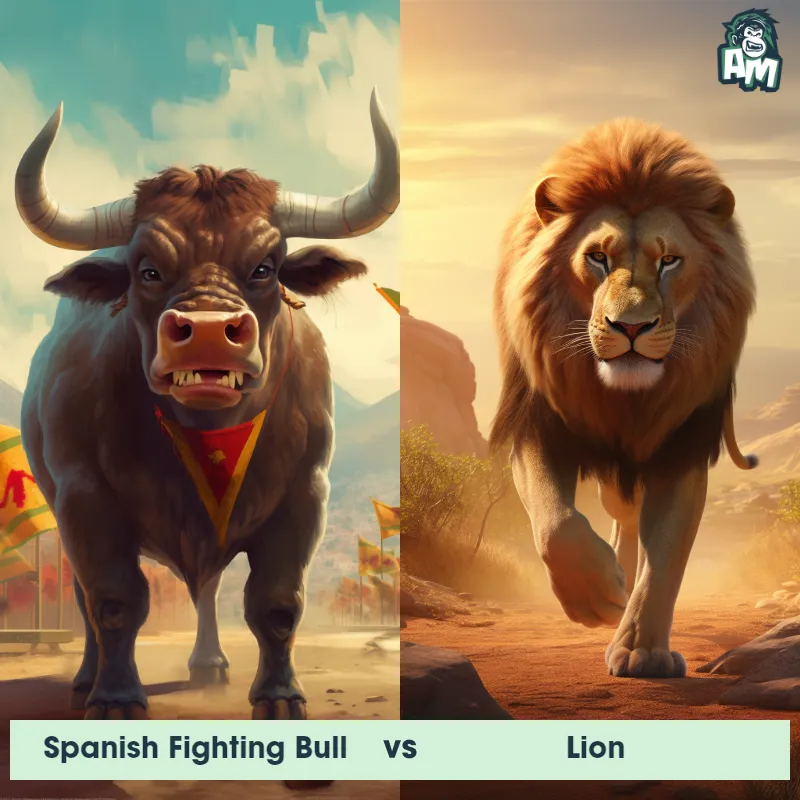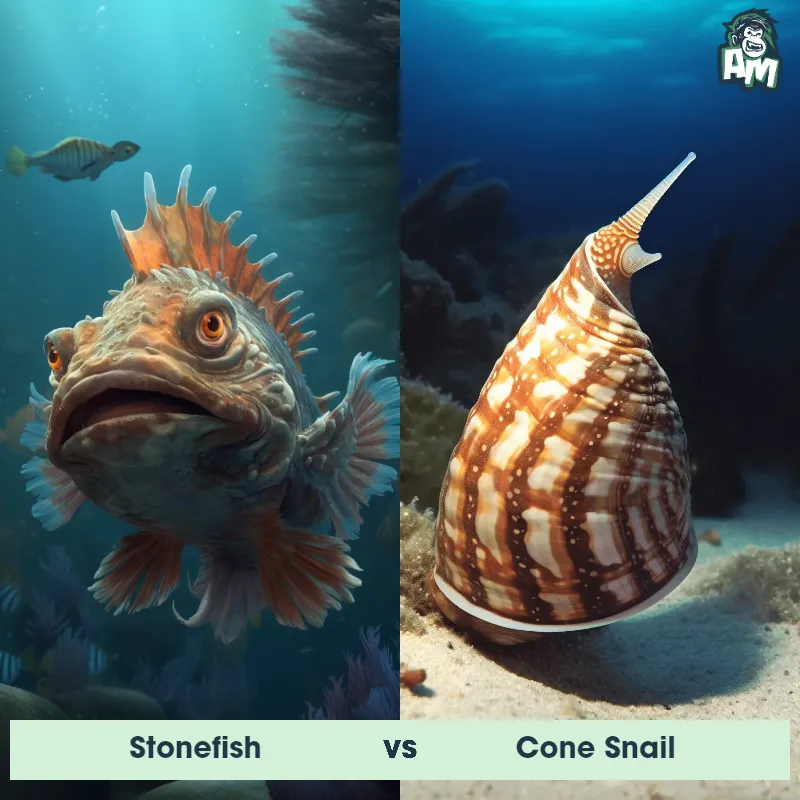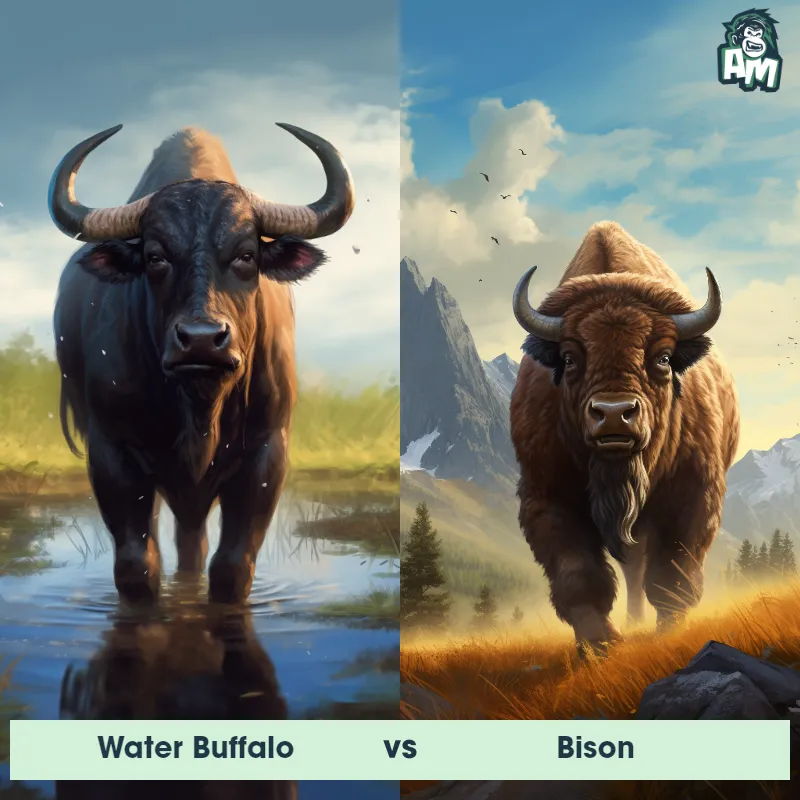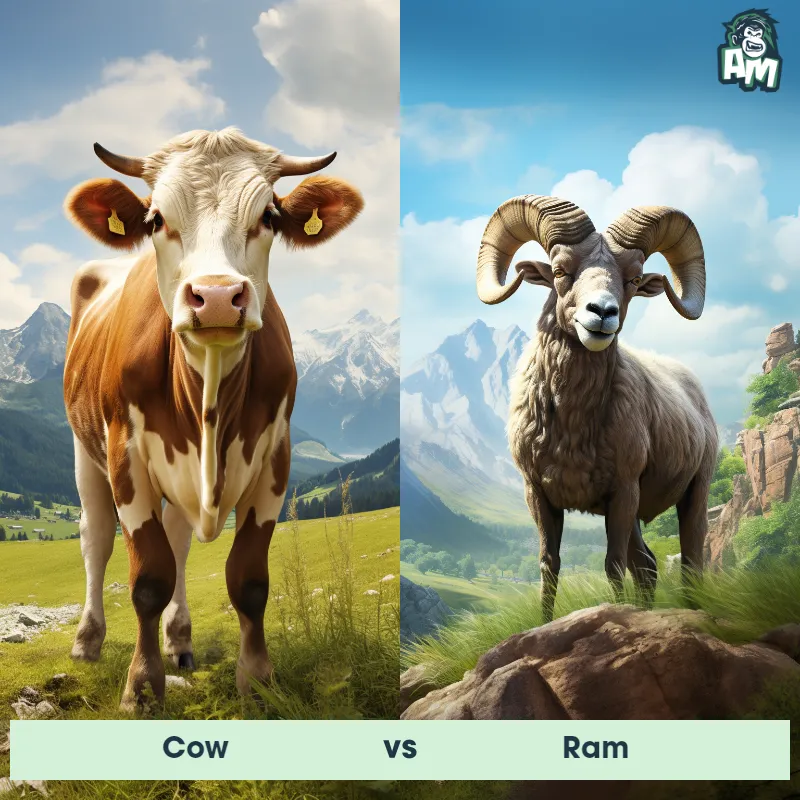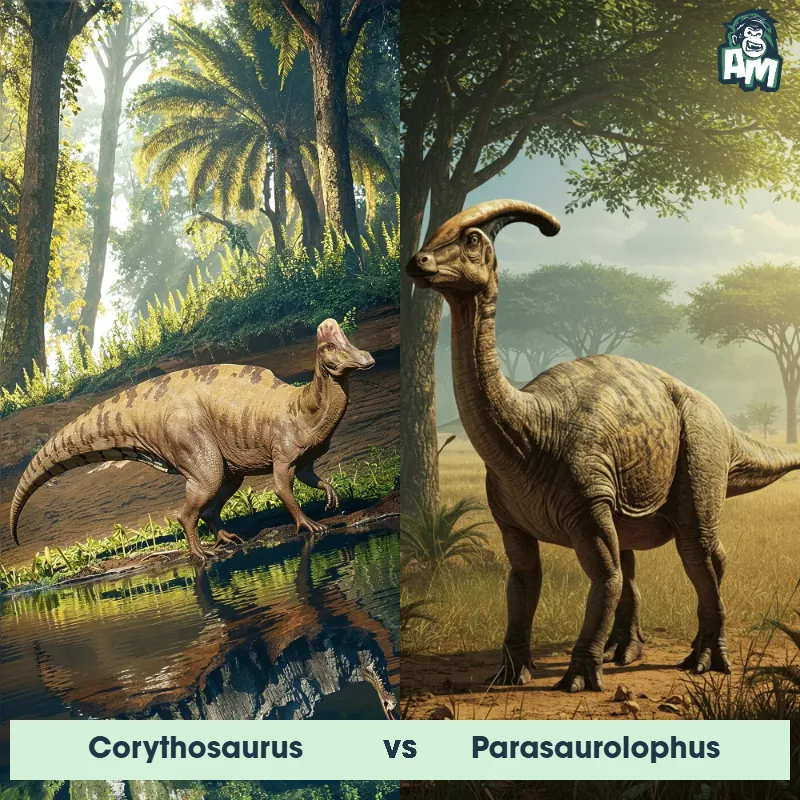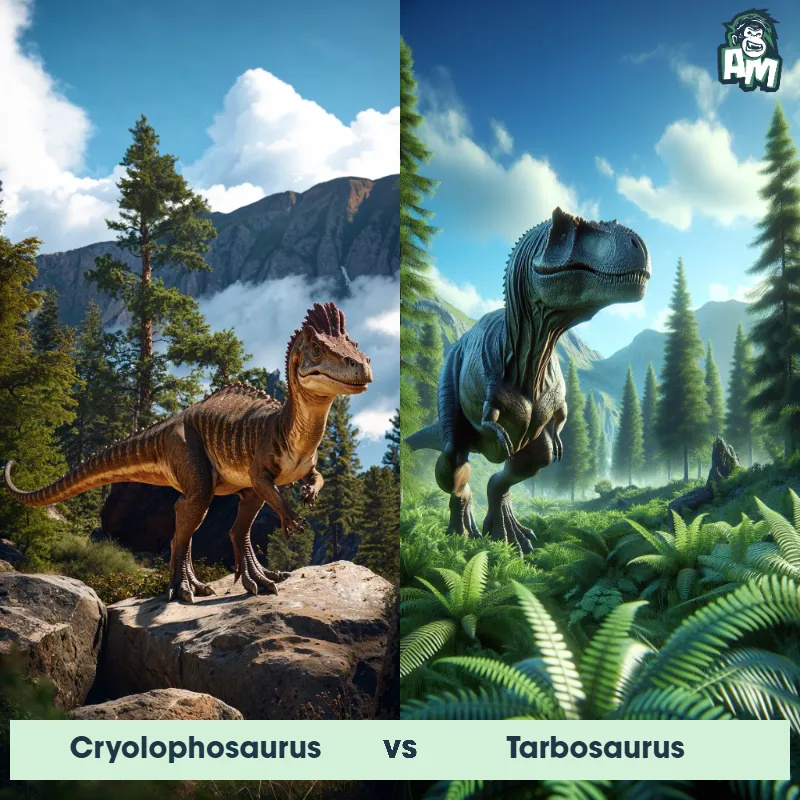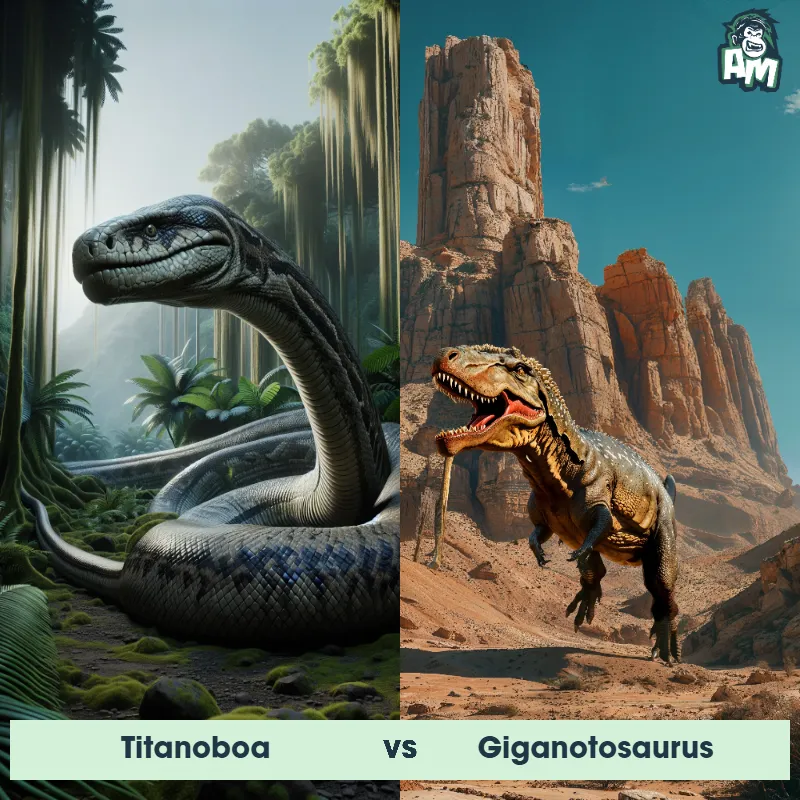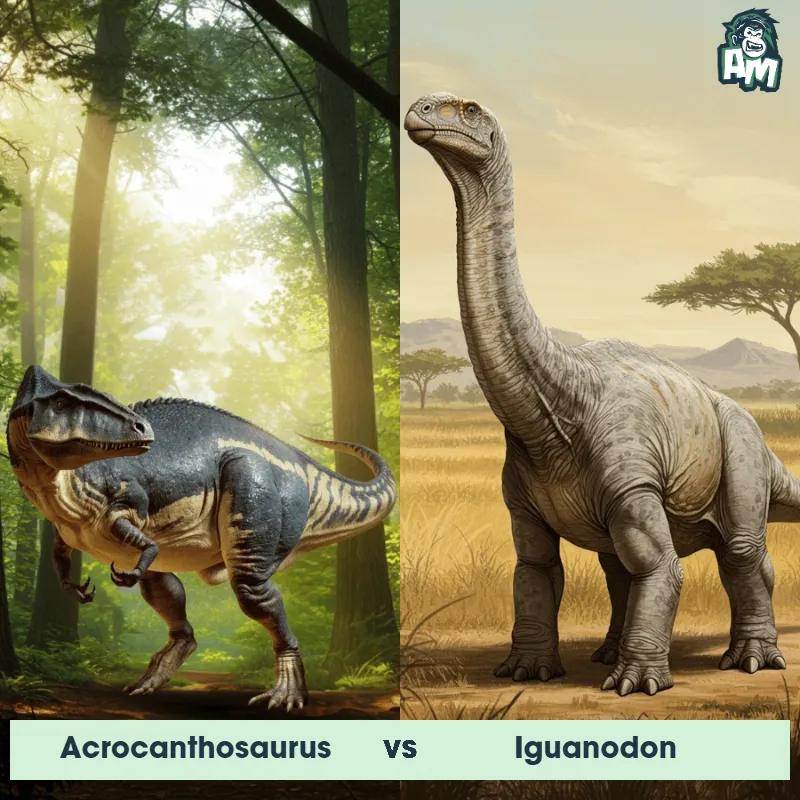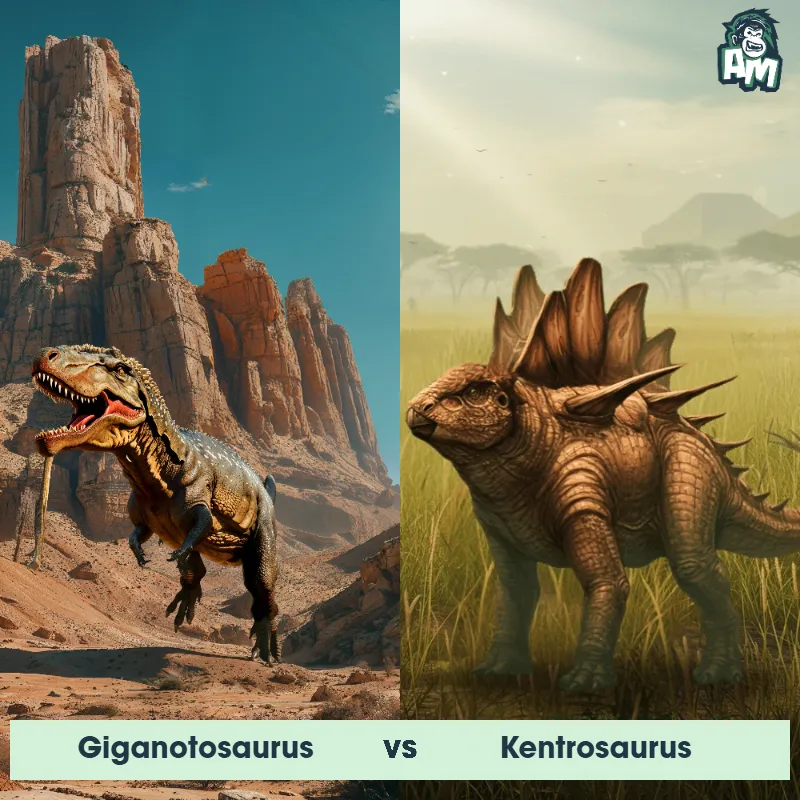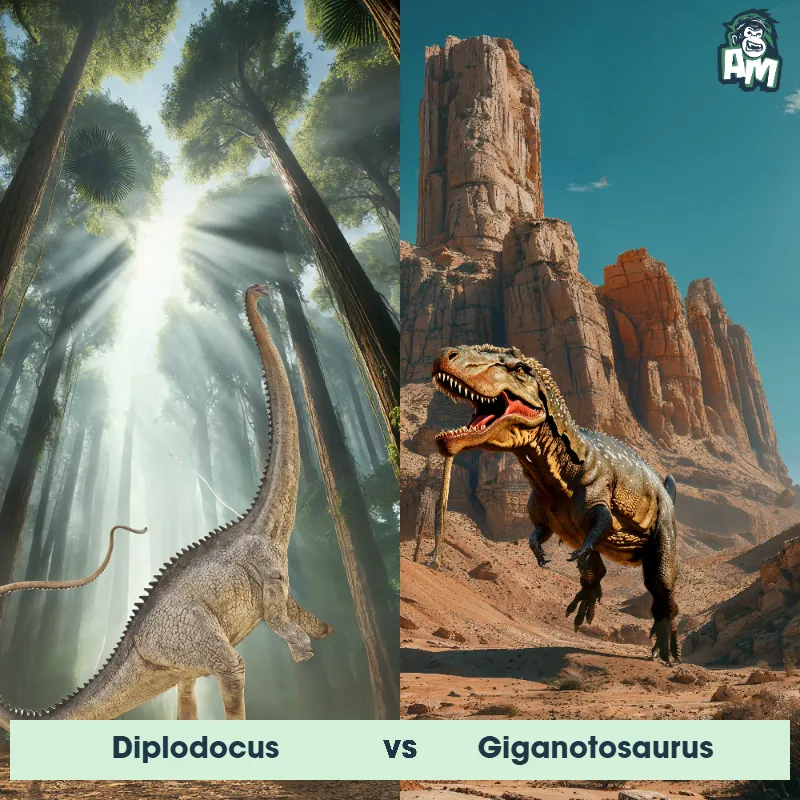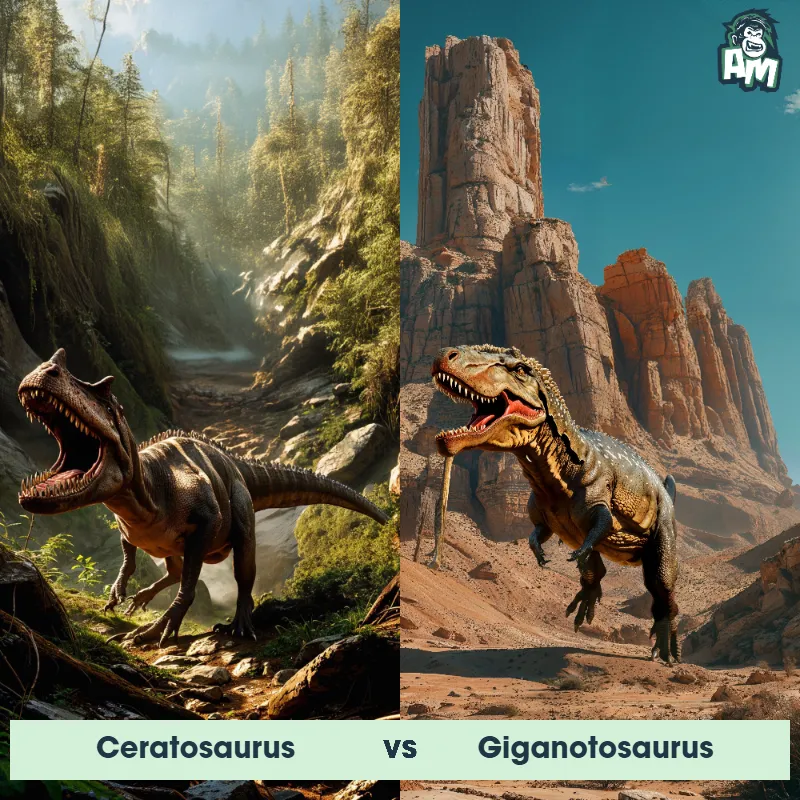Torvosaurus vs GiganotosaurusSee Who Wins
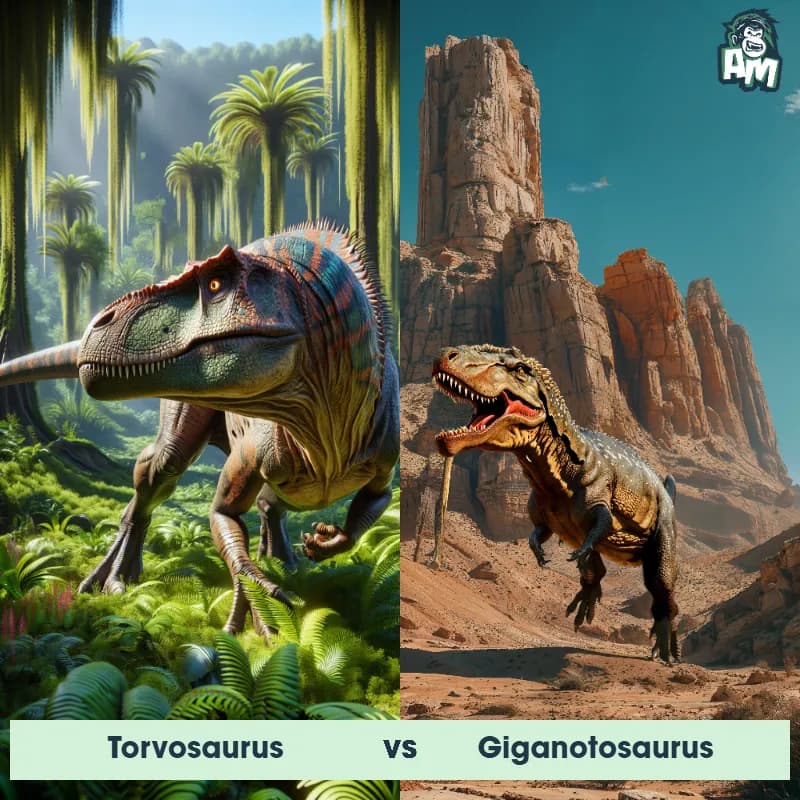
The atmosphere is electric as these prehistoric titans enter the battleground! On one side, the formidable Torvosaurus, known for its brute strength and power. On the other, the agile and fearsome Giganotosaurus, recognized for its speed and prowess. Spectators are on the edge of their seats, ready for a clash of giants!
Contender 1: Torvosaurus
Torvosaurus, commonly known as the "savage lizard," was a large theropod dinosaur that lived during the Jurassic period. It had a massive skull with large, sharp teeth, powerful jaws, and strong limbs with sharp claws. Torvosaurus stood on two powerful hind legs, had short arms with three-fingered hands, and a long tail for balance. Its size could reach up to 33 feet in length and weigh around 1.5 tons.
Fun Fact: One fun fact about Torvosaurus is that it was one of the largest carnivorous dinosaurs of its time, with some individuals potentially reaching lengths of over 30 feet.
Contender 2: Giganotosaurus
The Giganotosaurus, also known as the giant southern lizard, was a massive carnivorous dinosaur that roamed South America during the Late Cretaceous period. It was one of the largest land predators, measuring up to 40 feet in length and weighing around 8 tons. Known for its serrated teeth, powerful jaws, and sharp claws, Giganotosaurus was a formidable hunter that likely preyed on large herbivorous dinosaurs.
Fun Fact: Despite being slightly smaller than the Tyrannosaurus rex, Giganotosaurus had longer arms, which allowed it to have a wider range of motion and potentially be better at grasping and holding onto prey.
Matchup Stats
| Torvosaurus | Giganotosaurus | |
|---|---|---|
| Size | Up to 33 feet (10 meters) | Up to 40 feet (12 meters) |
| Weight | Around 1.5 tons (1,360 kilograms) | Around 8 tons (7,250 kilograms) |
| Speed | 25-30mph (40-48km/h) | 31-34 mph (50-55 km/h) |
| Key Strength | Powerful jaws | Powerful jaws |
| Biggest Weakness | Short arms | Short arms |
Current Votes
Torvosaurus vs Giganotosaurus
See Who Wins
View More Matches
Looking For More?
Similar Matches
Scientific Stats
| Torvosaurus | Giganotosaurus | |
|---|---|---|
| Scientific Name | Torvosaurus | Giganotosaurus carolinii |
| Family | Megalosauridae | Carcharodontosauridae |
| Habitat | Terrestrial | Terrestrial |
| Geography | North America, Europe | South America |
| Diet | Carnivorous | Carnivorous |
| Lifespan | 25 years - 30 years | 25 years - 35 years |
Key Differences between Torvosaurus and Giganotosaurus
- Limbs: Torvosaurus had more robust forelimbs, whereas Giganotosaurus had relatively slender forelimbs.
- Dental Structure: Giganotosaurus possessed larger, more evenly-sized teeth, whereas Torvosaurus had unevenly sized teeth with some being quite long.
- Size: Giganotosaurus was generally larger in overall body length compared to Torvosaurus.
- Tail: Torvosaurus appeared to have a proportionally shorter, more muscular tail compared to the slightly longer tail of Giganotosaurus.
- Skin Texture: Both had scaly skin, but differences in fossil impressions suggest potential variations in scale size and distribution.
- Skull: Giganotosaurus had a more elongated skull, while Torvosaurus had a shorter, more robust skull.



